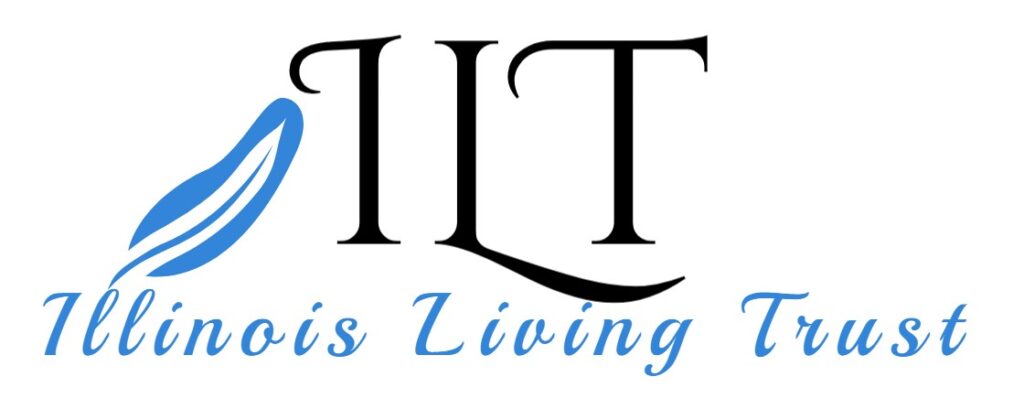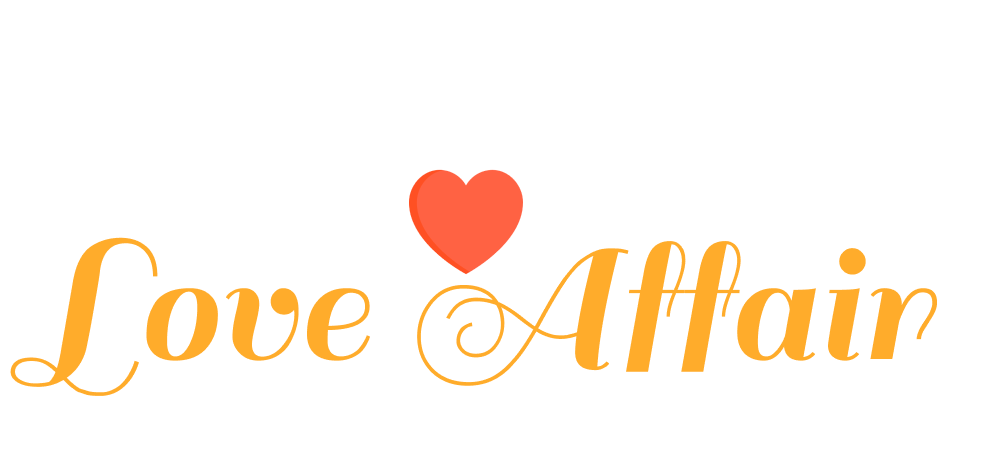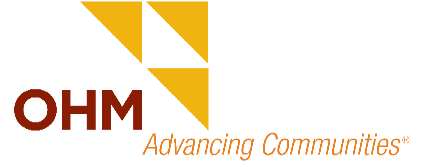Automate Your WordPress Security: A Guide to Regular Backups

Protecting your WordPress site involves much more than implementing security plugins. One crucial aspect is regularly backing up your website to ensure that if something goes wrong, you have a recent copy to restore from. Manual backups can be time-consuming and often forgotten. Therefore, automating this process is a key step in ensuring the safety […]
Essential Free Security Plugins to Safeguard Your WordPress Site

Here are some widely used free security plugins for WordPress along with their brief features: Wordfence Security: This plugin includes an endpoint firewall and malware scanner to secure your site. It performs security checks on traffic and has features like blocking malicious networks, scanning for malware, and monitoring live traffic. Sucuri Security: Offers scanning, monitoring, […]
Tuohy Law Offices

https://www.tuohylawoffices.com
Illinois Living Trust

eLearning Direct

Jackson Love Affair

HR Immobiliare Italy

OHM Advisors

FutureHR Training LLC

Home Refreshing Italy

